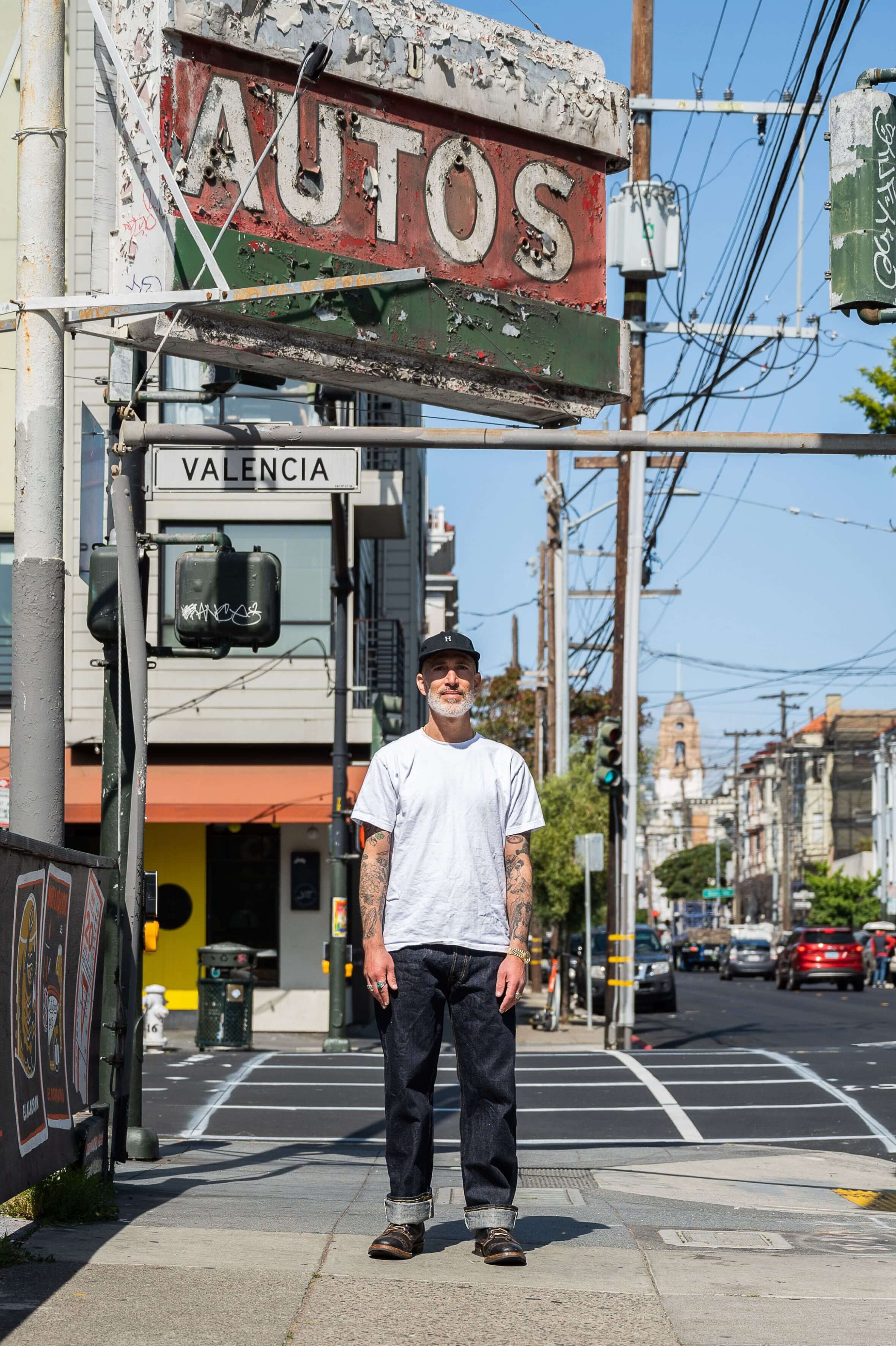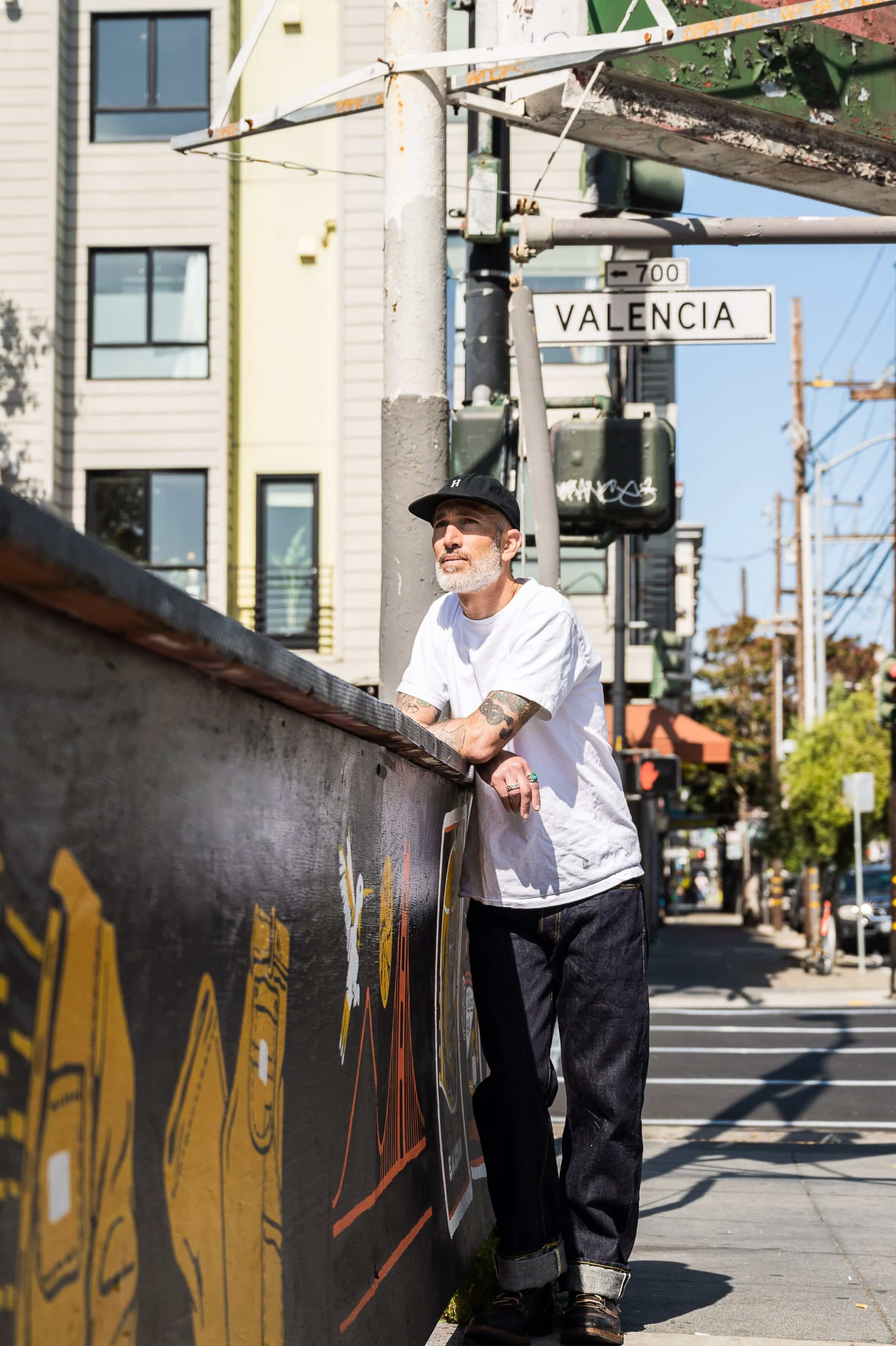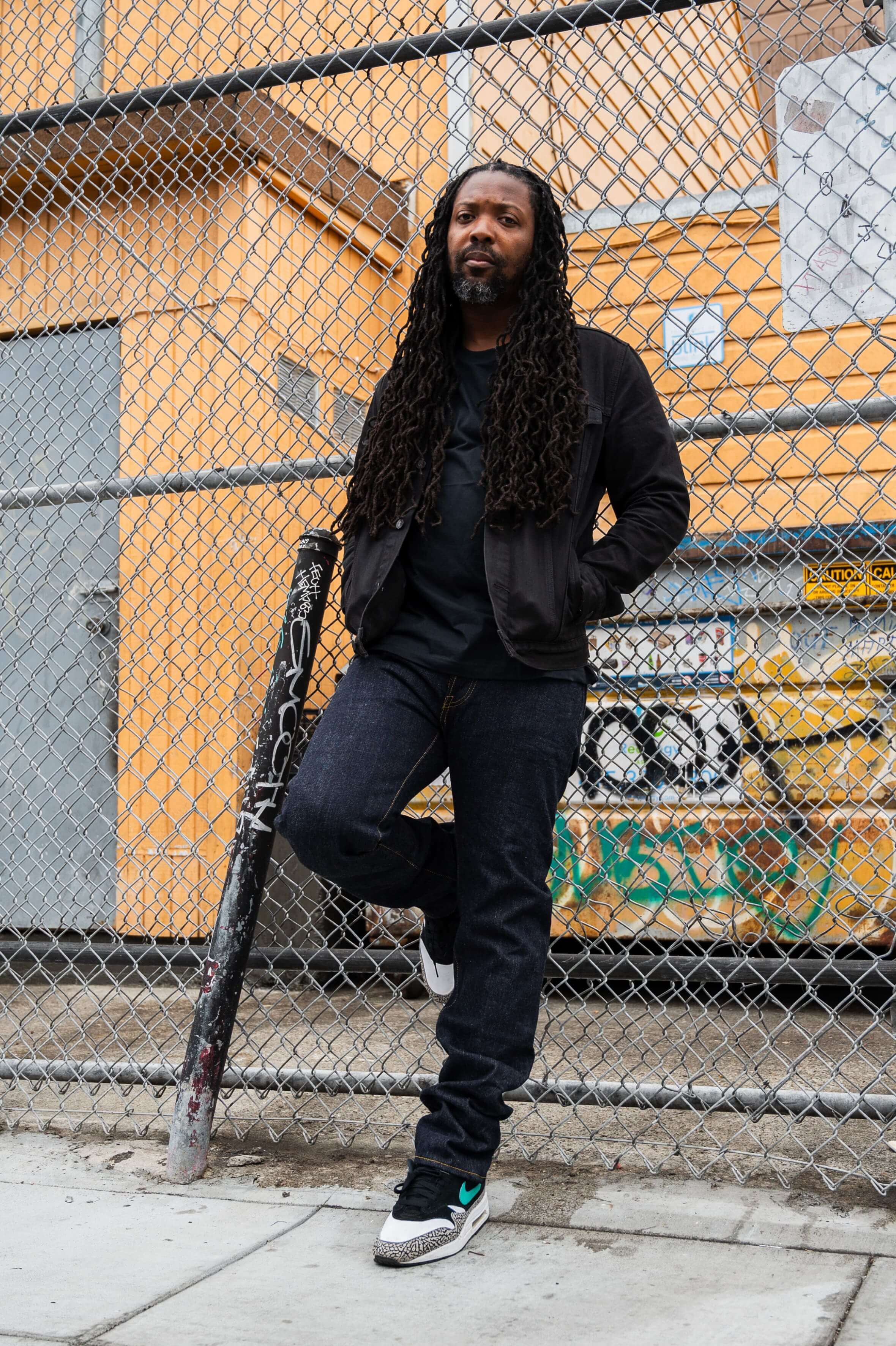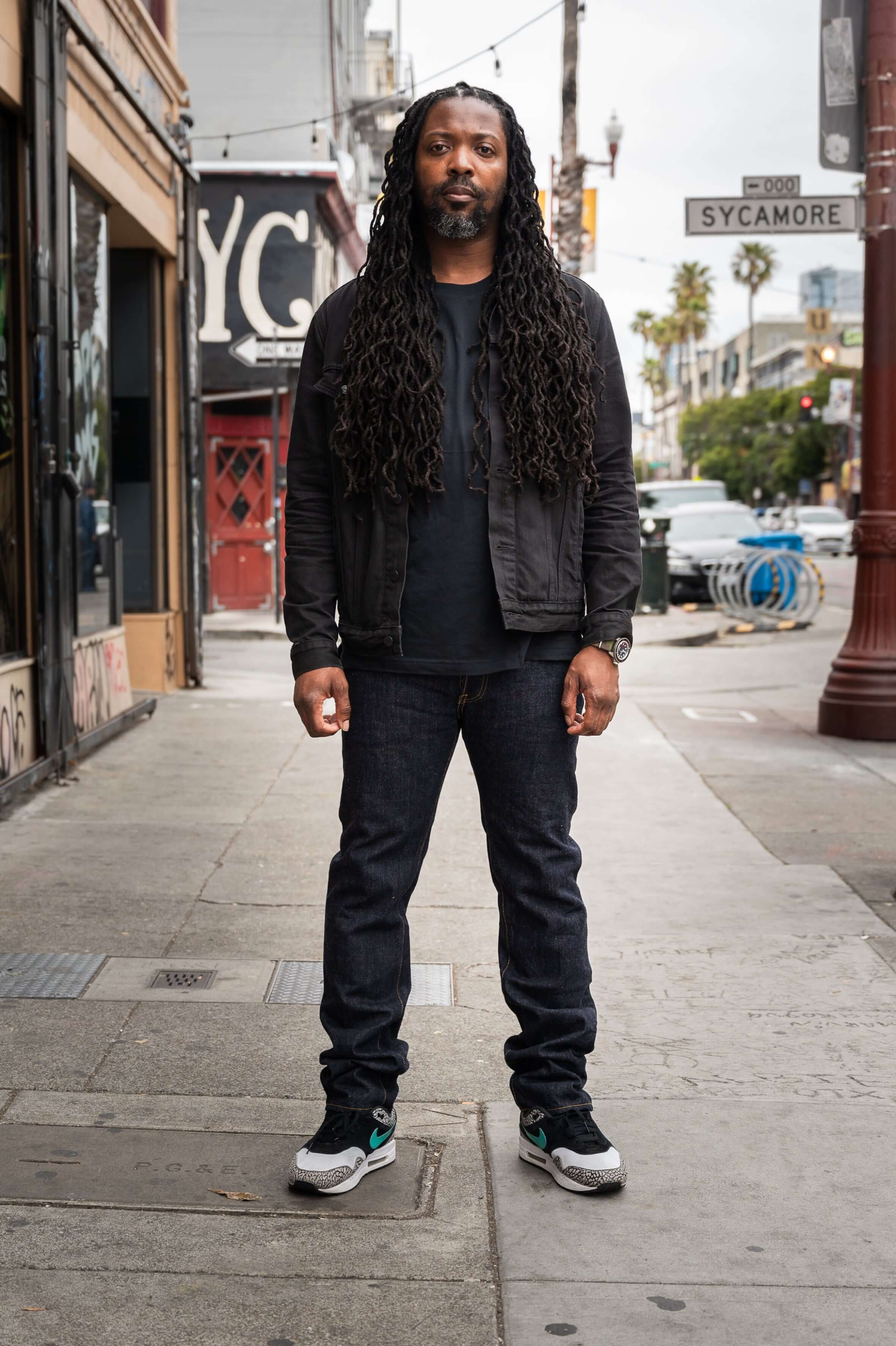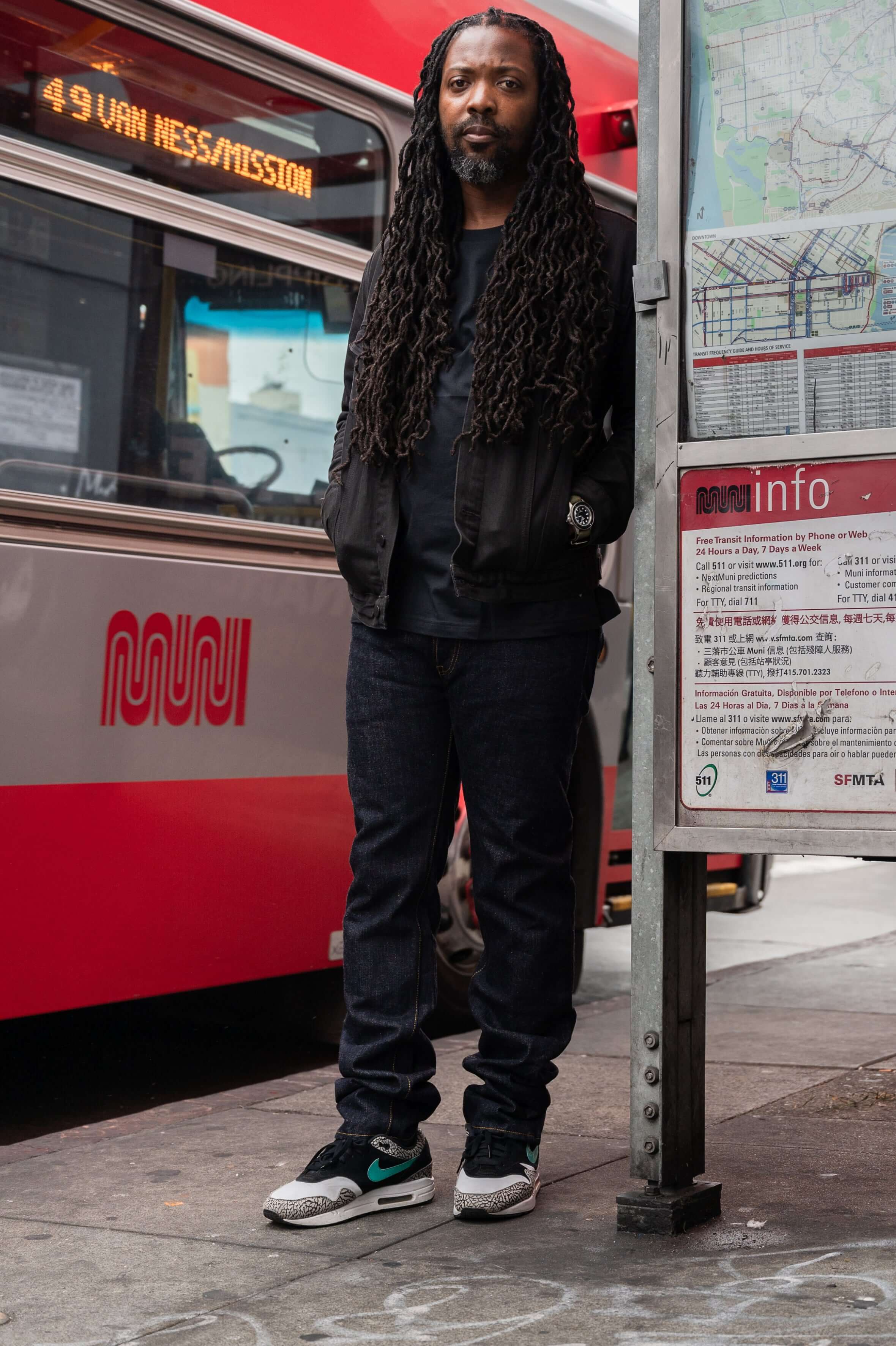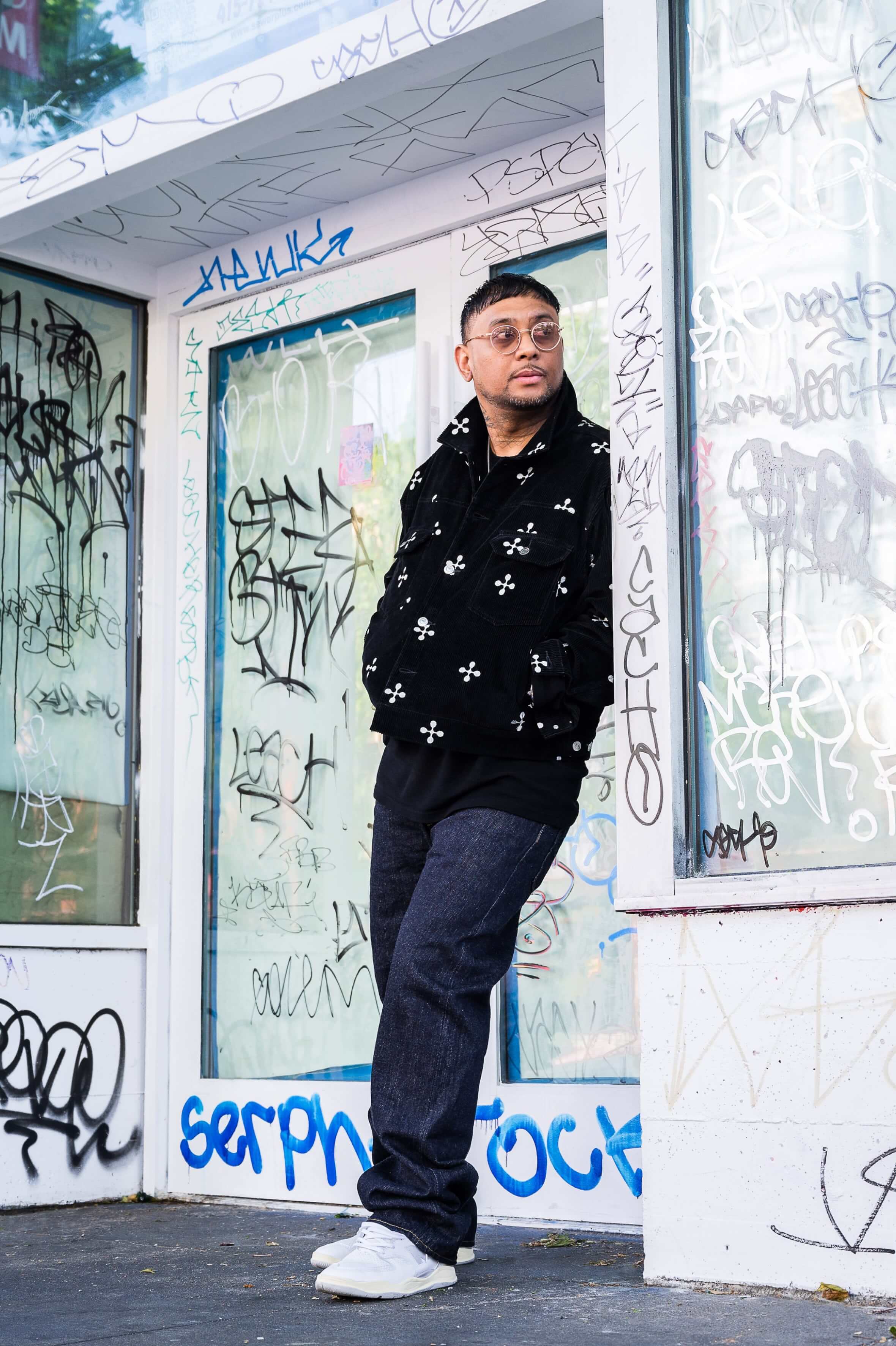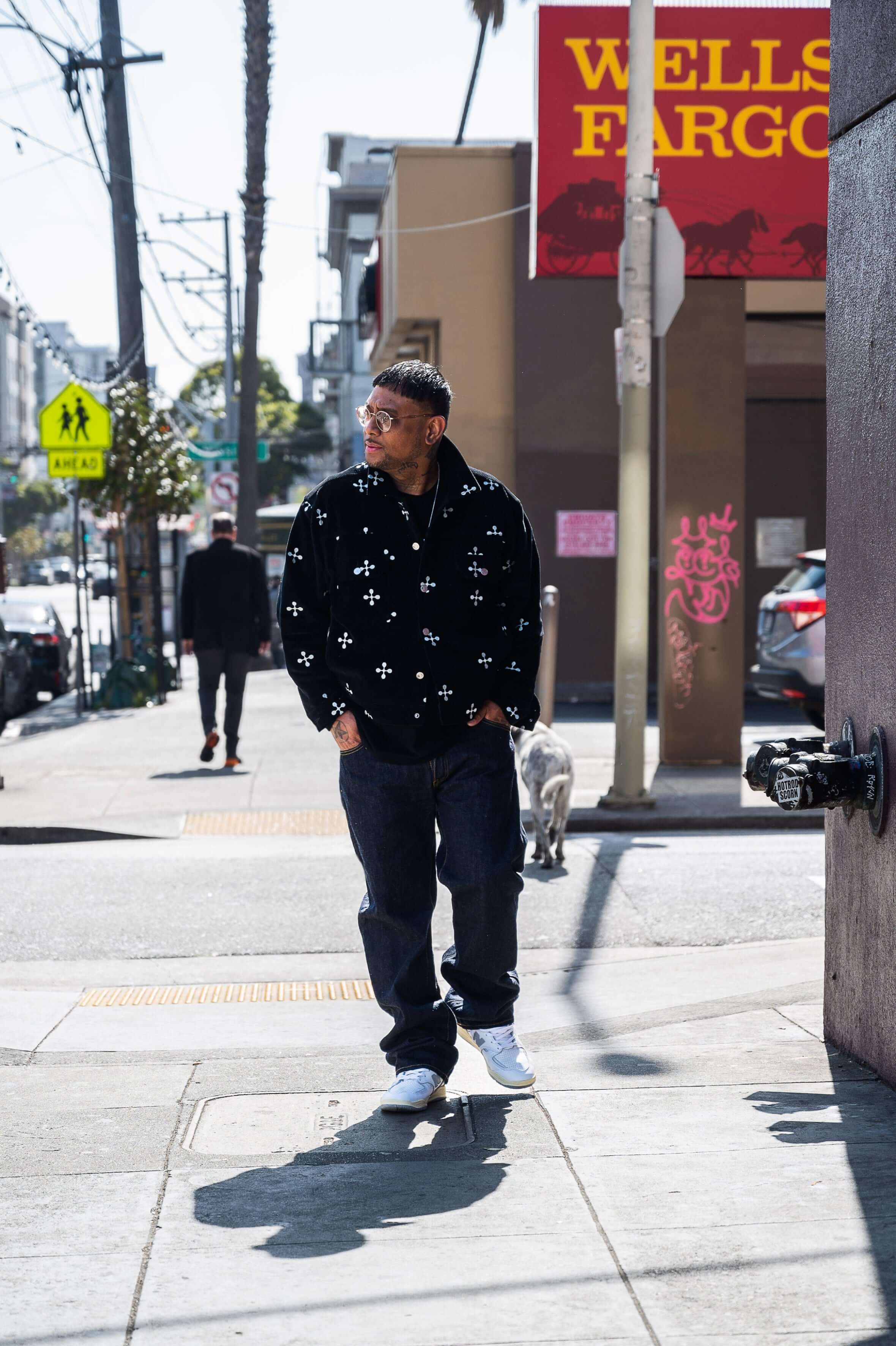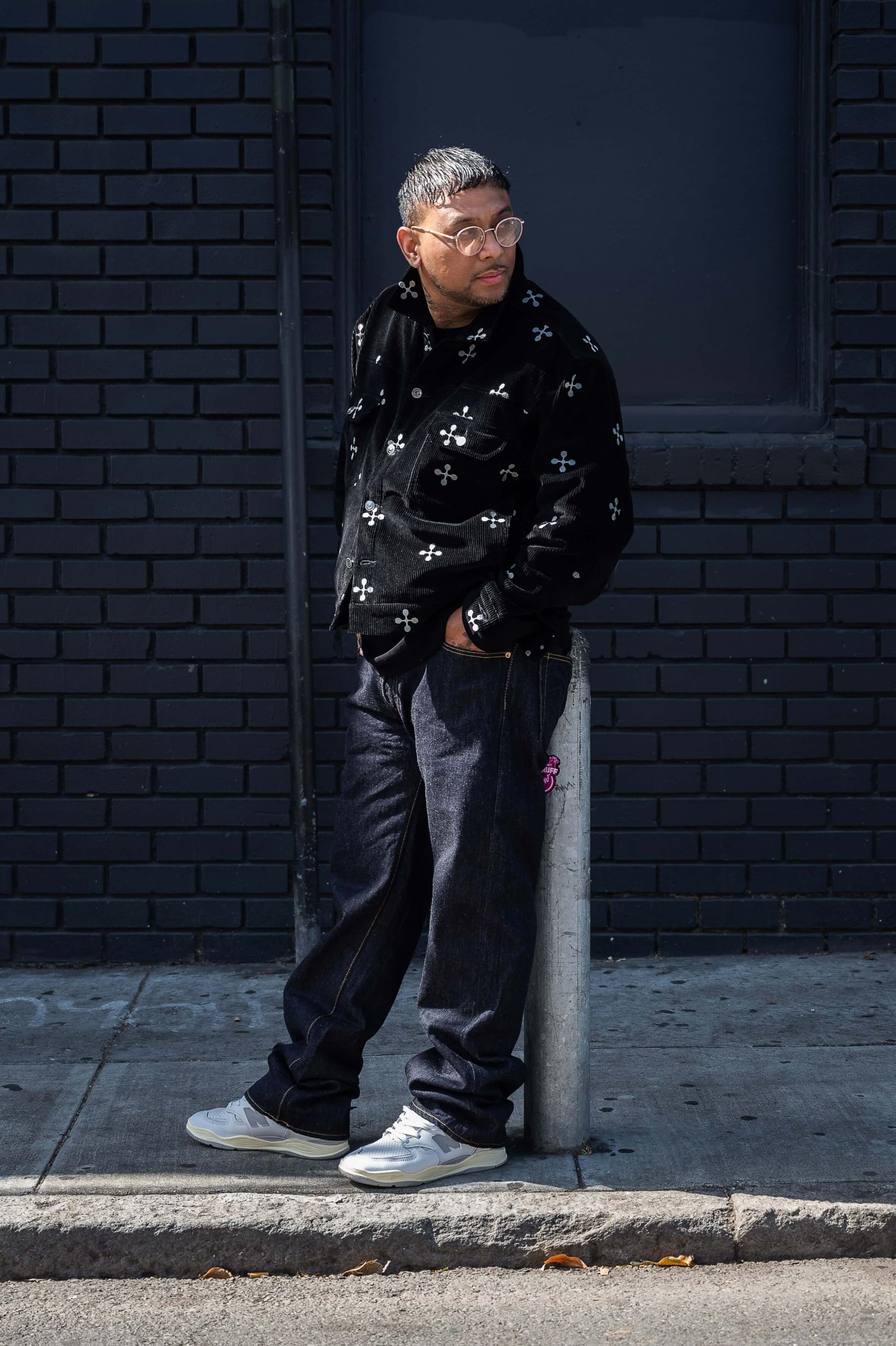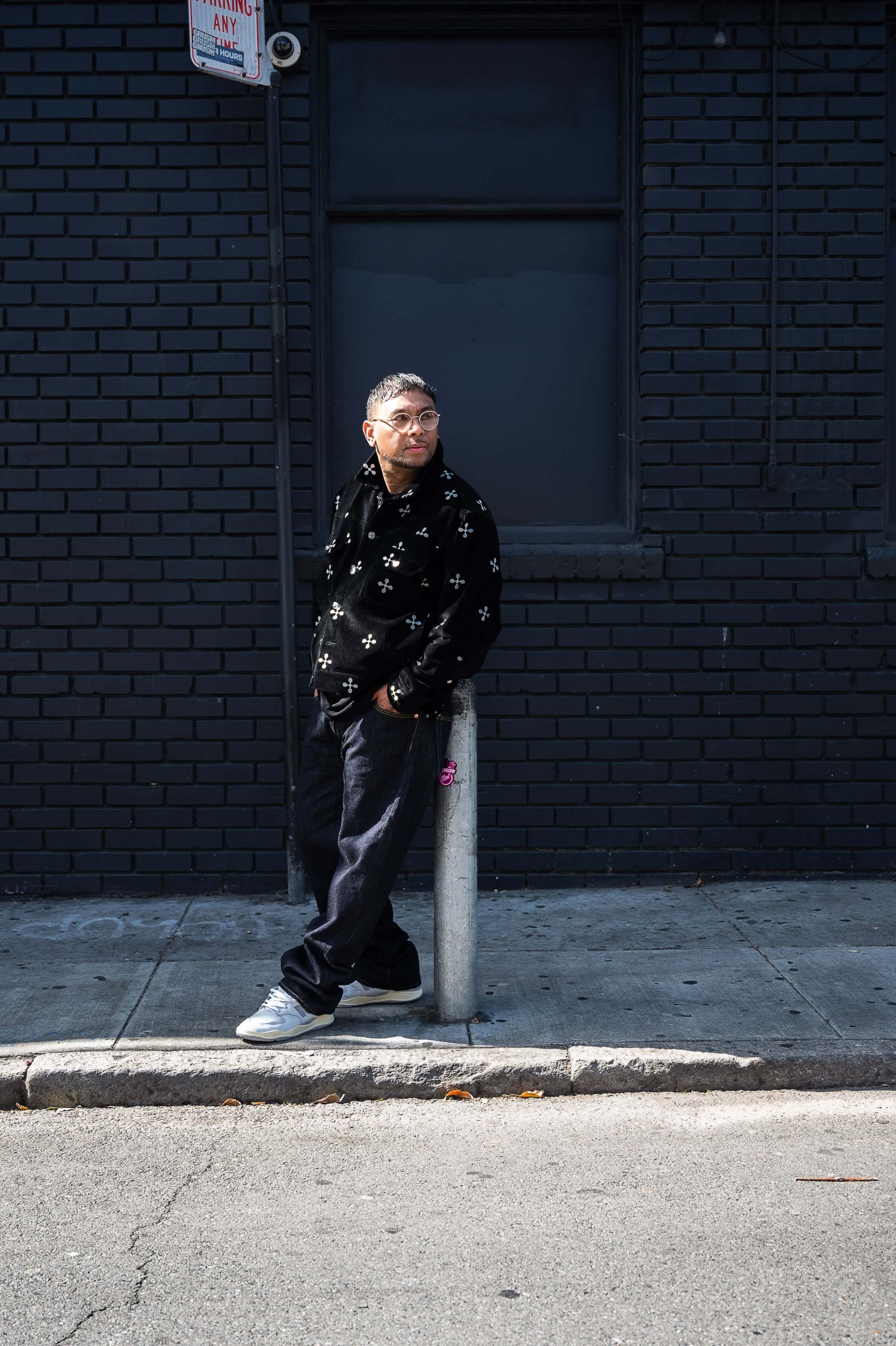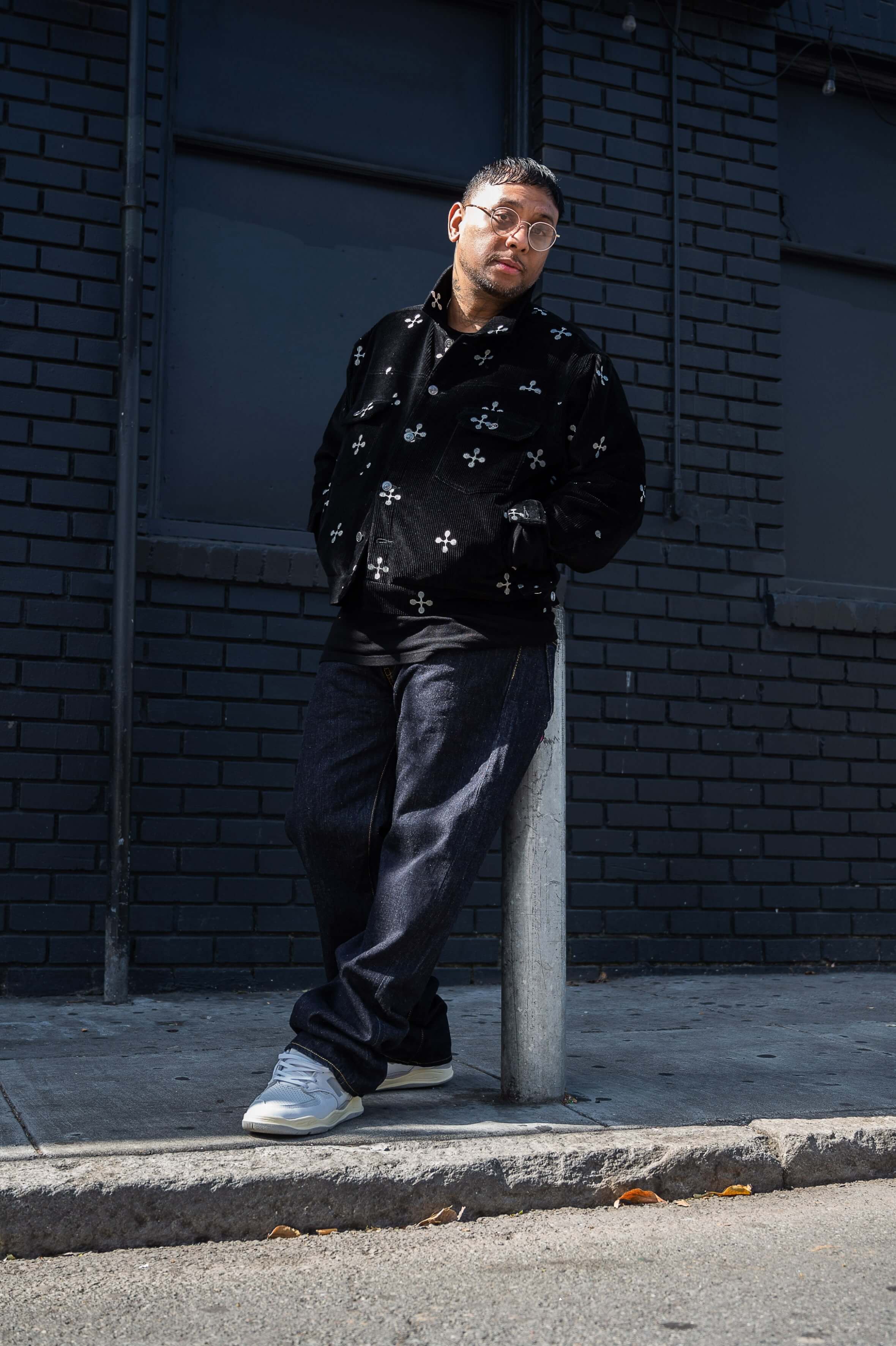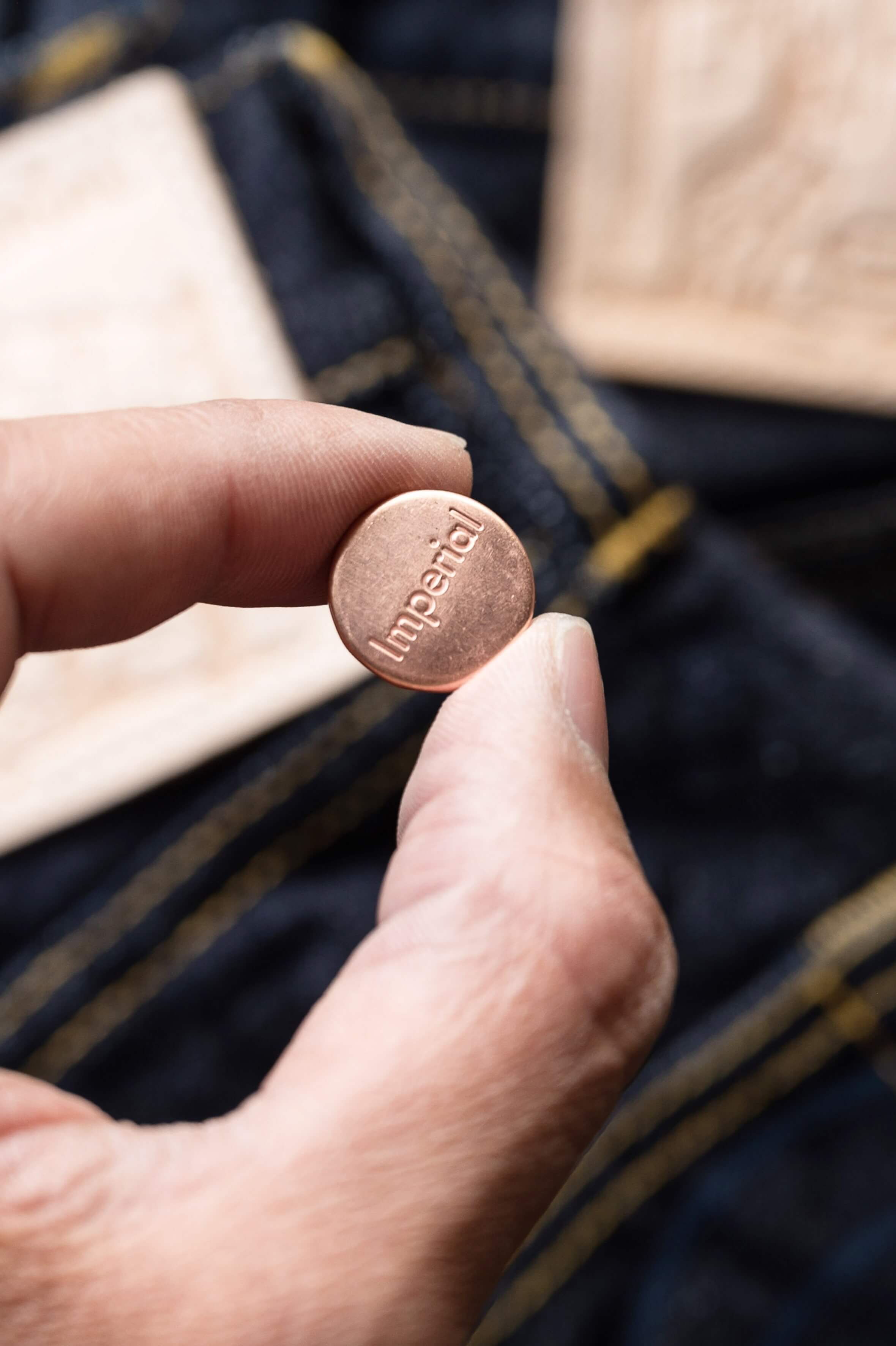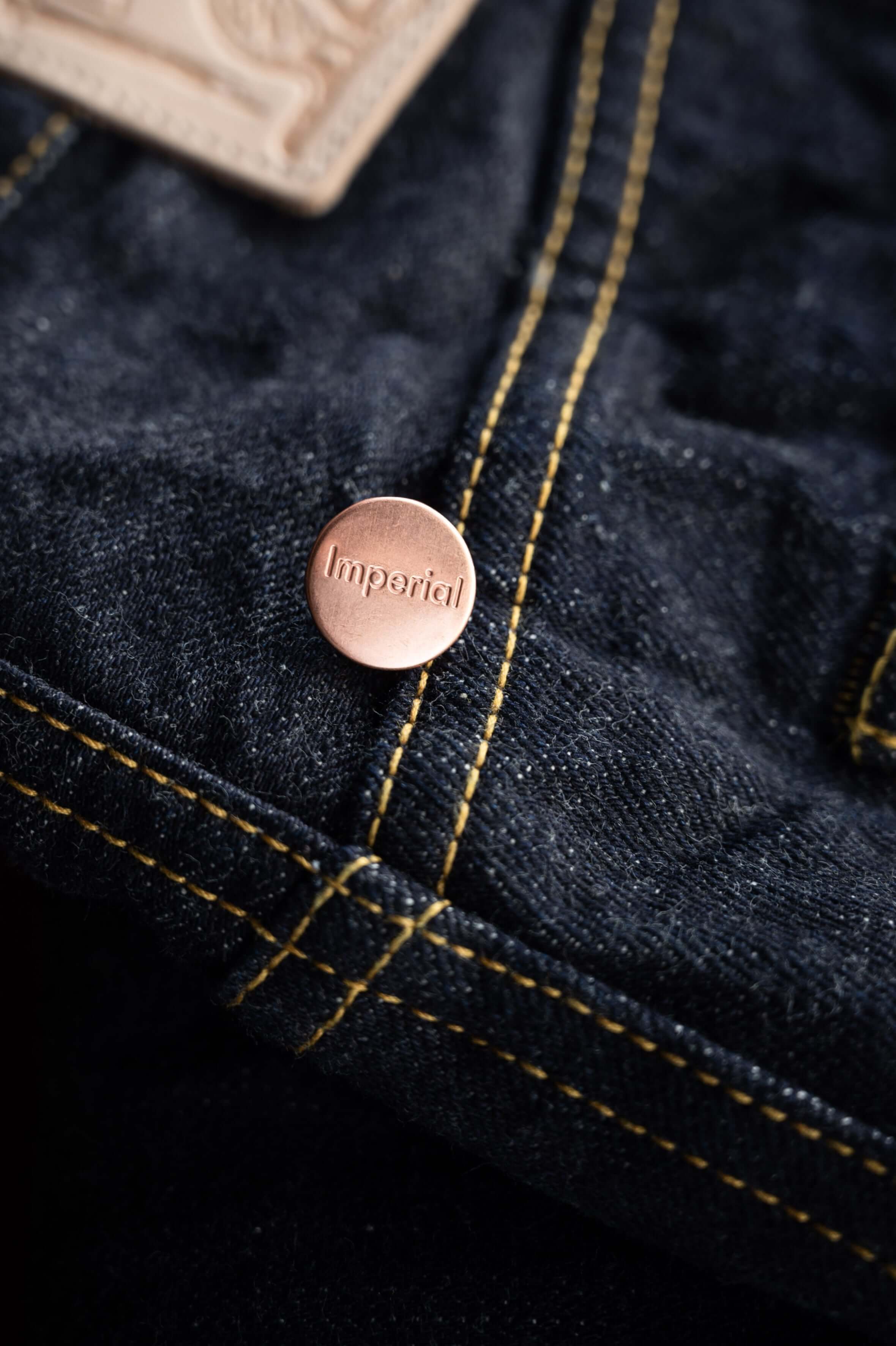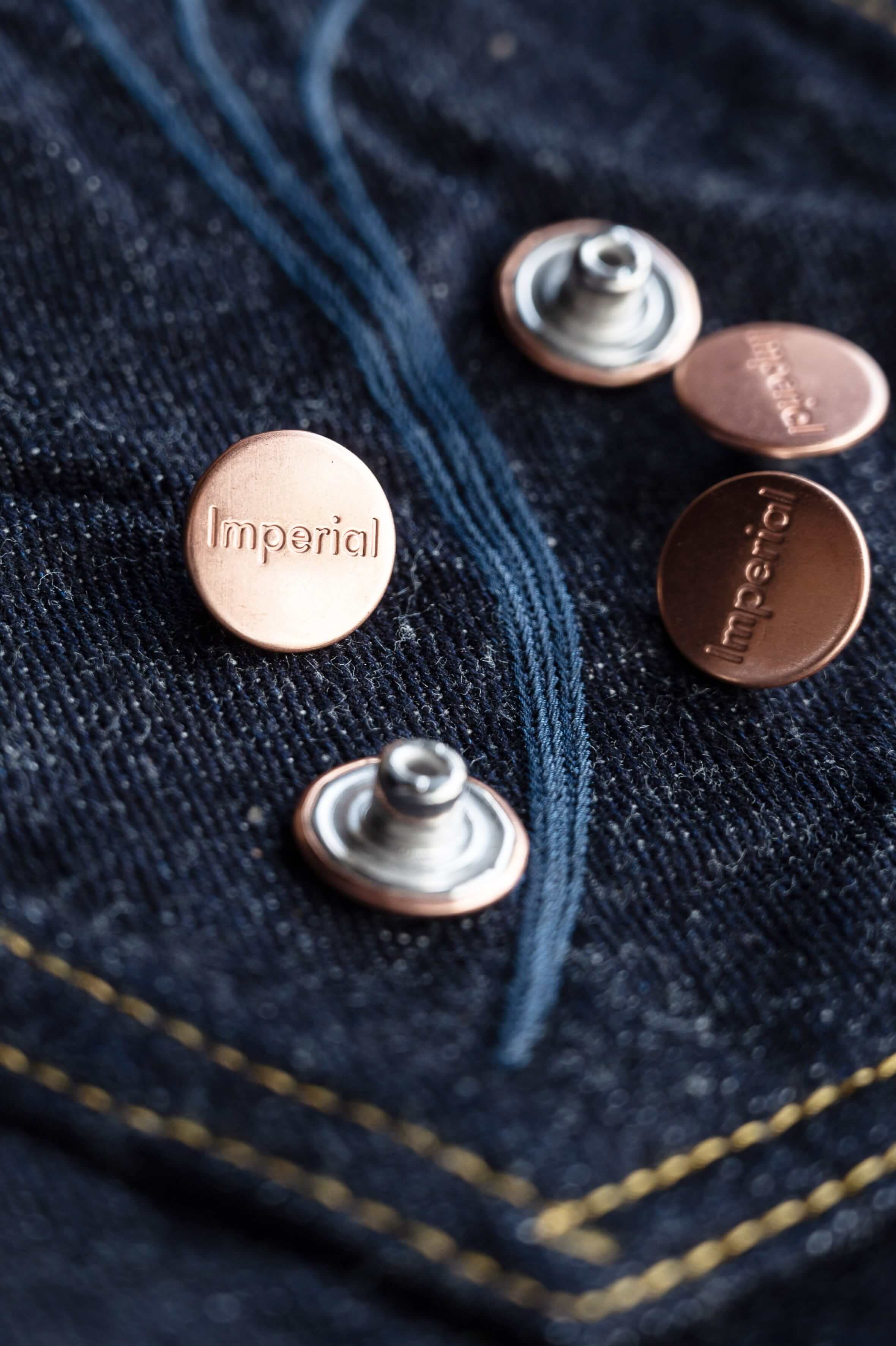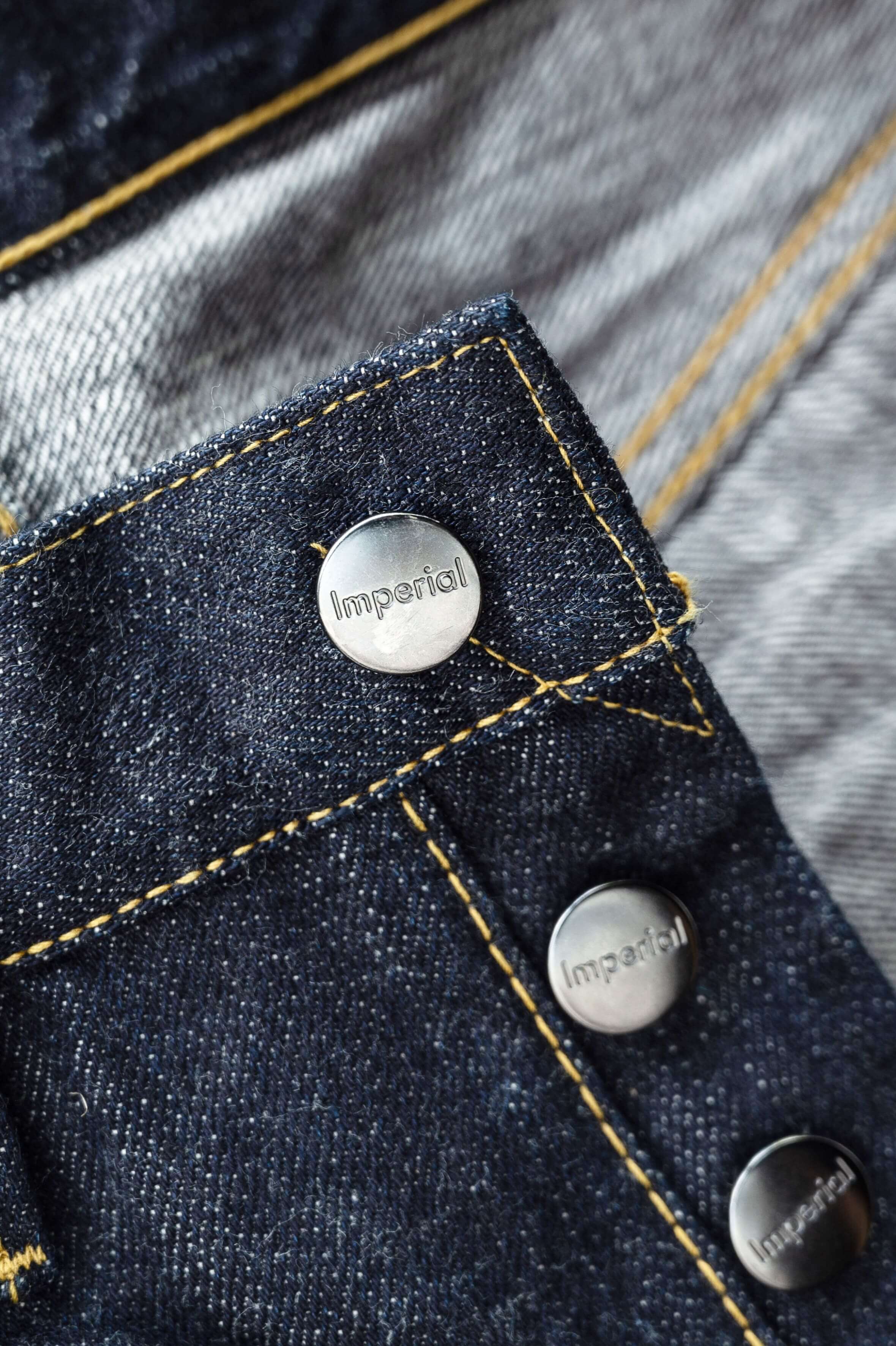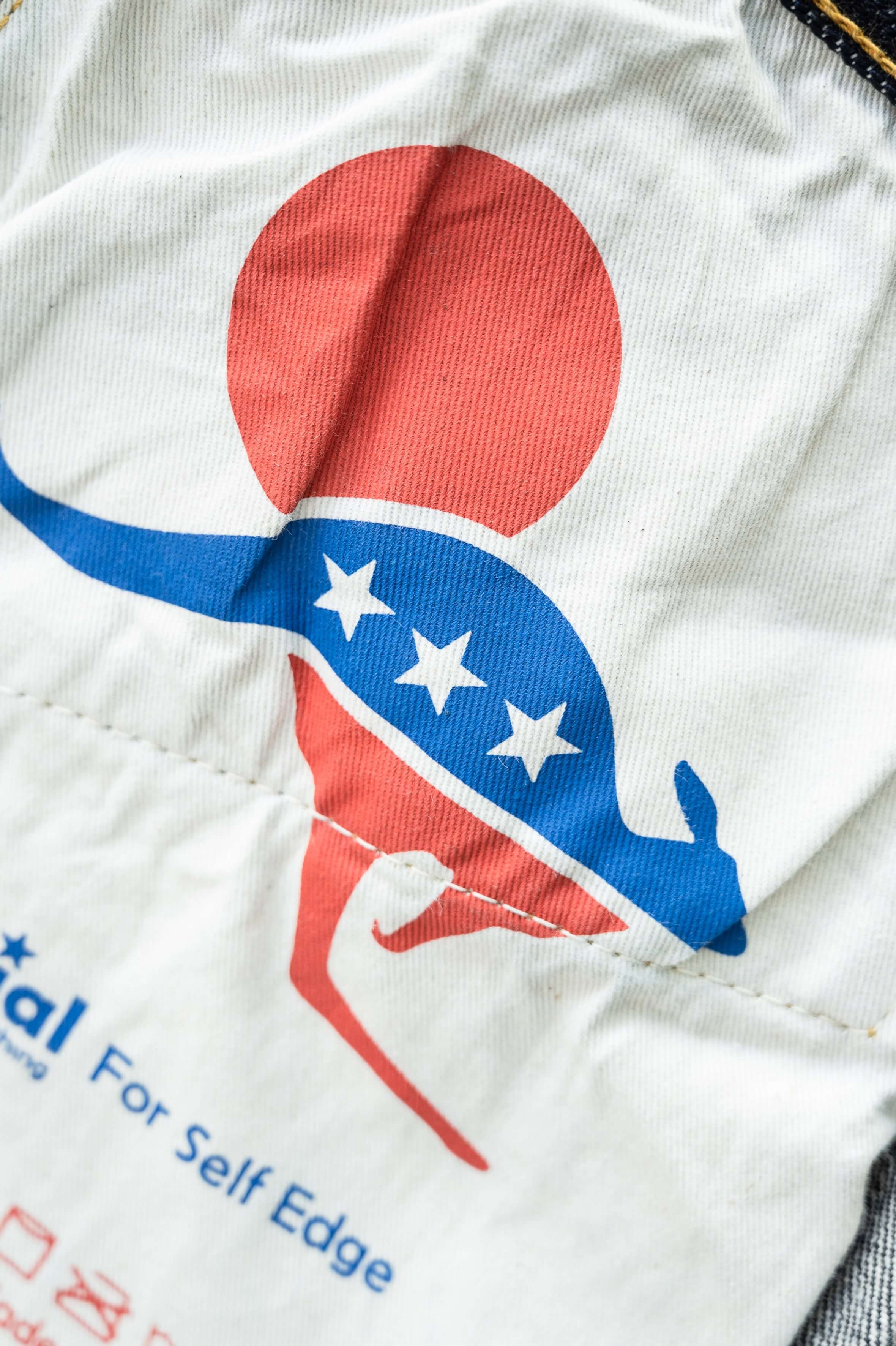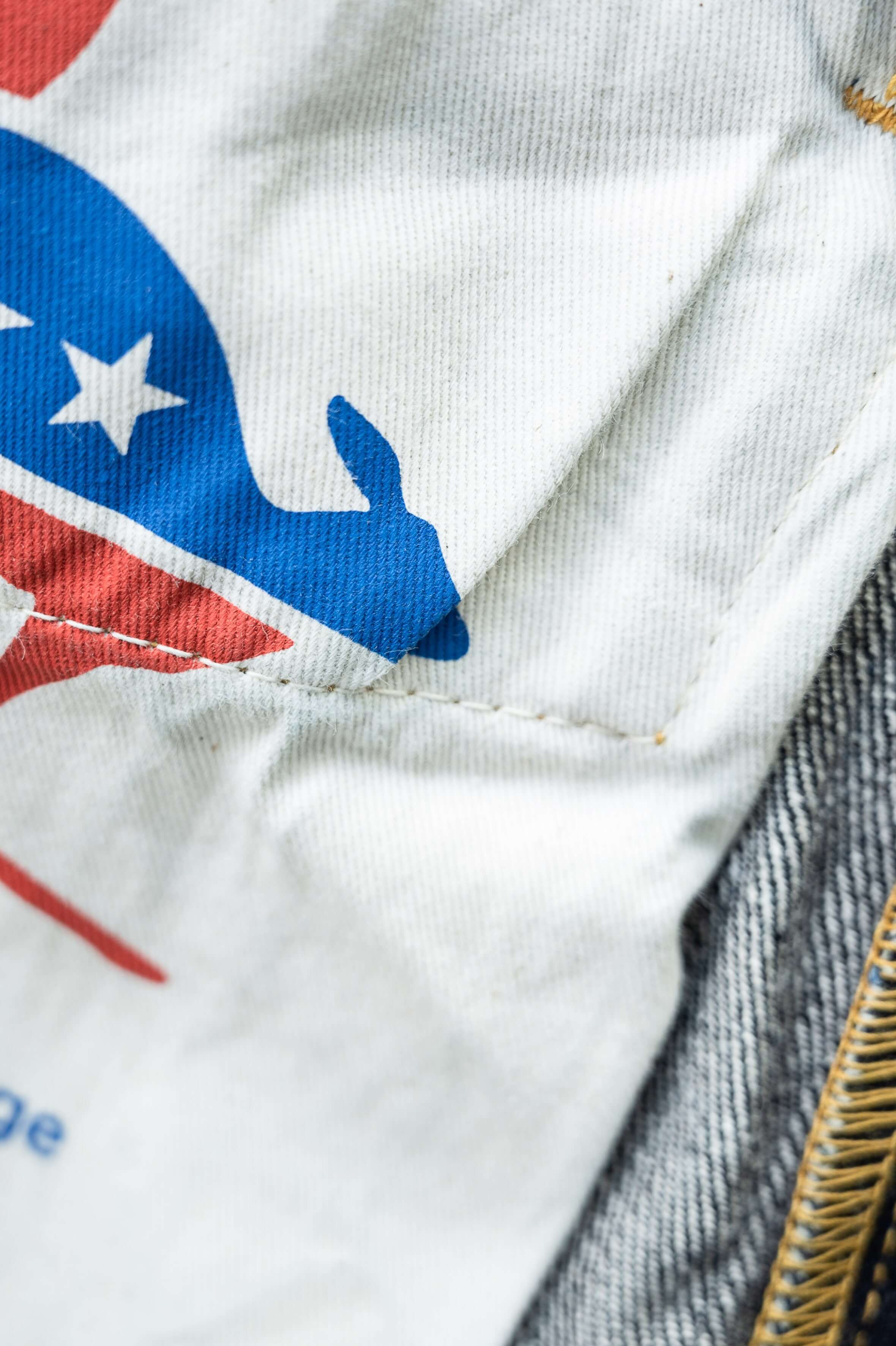Most histories of streetwear tend to revolve around New York City, and for good reason. Depending on who you ask, it was Shawn Stussy's iconic Stüssy brand, from Orange County, California, which originated the concept of streetwear to begin with—but it was New York City's hip-hop and skate cultures of the '80s and '90s that really put streetwear on the map stylistically.
NYC's streetwear credentials are simply endless: think Dapper Dan, think Eric B & Rakim, think Larry Clark's "Kids," think Supreme. The list goes on and on, but there is more to the story. Streetwear, as a phenomenon and a culture, is too broad and wide-ranging for any city or scene to claim credit itself. Maybe streetwear is best understood as an intricately connected network of micro-scenes and micro-histories.
The Bay Area might not be the first place that springs to mind when we think of streetwear, but we have particular micro-histories of our own. Nearly 20 years ago, a serendipitous exchange between a legendary streetwear brand, HUF, and an upstart denim boutique, Self Edge, led to a collision of street styles that defined an era in the Bay and would help cement raw denim as a streetwear staple.
If you're into streetwear yourself these days, chances are good you've owned numerous pairs of jeans that arrived stiff as a board, and worn them for months on end without washing in search of a sick fade, tailored to you. But it's easy to forget that things weren't always this way.
Let's dial it back to the early '00s—things were different. In San Francisco circa 2002, professional skater Keith Hufnagel (who tragically passed away from brain cancer in 2020 at age 46) had just launched HUF, his own boutique and brand. Back then, if you were part of the streetwear set, the look was "baggy Bay Area street fashion mixed with skater clothes and Nike SB Dunks," says Jamael Savage, an SF native and one of the first HUF employees.
"Those days were special because we were figuring it out as we went," says Benny Gold, who led design for HUF before going on to launch his own eponymous brand in 2007. Just as it was out east in New York City with Supreme and Alife, skating was the source for HUF—if Stüssy is the Father and Supreme the Son, HUF might be the Holy Ghost. "The oversized clothing, attitude, and Nikes were birthed from the '90s scene at EMB," says Gold, using the nickname for Embarcadero Plaza that came from the legendary skate crew that put it on the map—Embarcadero's Most Blunted.
Soon after HUF opened, Kiya Babzani and his business partner Brian "BWALS" Walsworth opened two stores down south in San Mateo, Turf and Transit, dedicated to sneakers and clothing respectively. Walsworth was a lifelong skater, but Babzani definitely was not. "When we opened, I couldn't have told you the difference between a [Nike] Dunk and an Air Force 1," says Babzani. But he picked up the ever-developing codes of streetwear quickly—out of necessity, because at that point, "the only real competition we had was HUF," Babzani says. "Keith [Hufnagel] ran the show in San Francisco, and his influence spread up and down across the Bay Area."
Hufnagel was so influential, in fact, that he effectively dictated what Babzani and Walsworth stocked at Turf and Transit. Because retail curation and limited-edition products were fundamental to the value proposition of the streetwear brands that each store carried, they engaged in a delicate dance with one another to manage stock and availability. "We always had to get approval from HUF to carry certain types of brands," Babzani says. "Generally, the answer was 'Okay,' but sometimes it was 'No.' And that was fine, I respected that."
HUF grew with every passing year. In 2006, to commemorate the 100th anniversary of San Francisco's 1906 earthquake, HUF launched a collaboration with Nike they called Hufquake. It wasn't HUF's first Nike collab, but the reception was different than any that came before it: "The line blew our minds—it wrapped around the block in the rain," remembers Benny Gold. "Before that, it felt like we were talking to ourselves, but this was clearly something bigger." Meanwhile, Babzani was traveling to LA, New York, and Las Vegas to buy for his San Mateo shops, and everywhere he looked, he saw HUF. "It was highly instilled in every kid, the aspirational hats with the 'H' on them," Babzani says.
Back then, if you were a guy into fashion and style, chances were good you spent too much time online. (OK, still very much the case today.) Before social media swallowed the world whole, if you were hunting for information about sneaker drops or Supreme hoodies, you likely stumbled upon Niketalk, superfuture, or Styleforum, three websites that served as de facto community hubs (and online encyclopedias) of streetwear. There you would have discovered people feverishly discussing raw denim: how to source it, how to wear it, how to make sure your fades were incomparable. This wasn't a new thing—Levi's (another San Francisco brand, of course) had sold 501s raw for about 140 years at this point—but past the 1980s, mass production and industrial wash techniques had rendered raw denim all but obsolete.
Nevertheless, a few Western brands kept the torch alive, like France's A.P.C., or Sweden's Nudie Jeans, launched in 2001, which served as the raw denim gateway drug for a whole new generation, myself included. The real stuff, though, what the heads were after, came from Japan. For decades, Japanese denim brands had produced immaculate, painstakingly accurate reproductions—"repros" for short—of classic American jean styles from the '50s and '60s, mostly Levi's and Lee. But unless you traveled to Japan yourself, or were willing to suffer through a painfully obtuse multi-step online shopping process involving paid middlemen and Google Translate, getting your own pair was a nonstarter.
Kiya Babzani, who had first discovered Japanese denim on a buying trip to Hong Kong and was a fixture on superfuture, saw an opportunity. He and Demitra Georgopoulos, his partner in business and life—she's now Demitra Babzani, as the pair would soon marry—opened Self Edge, a tiny little shop at 18th & Valencia in the Mission District in San Francisco. Upon opening, the racks were stocked with Japanese denim, including numerous brands that had never before been sold in the United States.
The shop took off, perhaps inexplicably at first, because jeans with triple-digit price tags and very specific guidelines for wearing and washing aren't exactly an easy sell to the non-initiated. The aforementioned online communities provided an early groundswell of interest—in early 2007, Babzani hosted a superfuture party at the shop, where a gaggle of obsessive streetwear aficionados met and talked shit in-person for the first time. But the shop also attracted a broader cohort of the Bay Area's stylistically curious—because there was nothing else like it: "A shop curating denim from Japan specifically, plus American-made smaller brands? It was one of a kind, someone willing to do something different," says Mega, a Bay Area streetwear veteran who founded the brand Black Scale in 2007.
Jeans were just the beginning. Soon after opening the store, the Babzanis returned to Japan and brought in additional offerings from brands they initially had bought only denim from. "In 2007, people in the Bay Area were definitely on Japanese raw denim because of Niketalk, because of superfuture, because of Styleforum," Babzani says. "But chambray shirts, flannels, and denim jackets, especially ones that cost $300, were not a thing at all," he says.
To help these new products pick up traction, Babzani hit up Keith Hufnagel with an inspired bit of quid pro quo: "I said, 'Hey, do you mind if I seed a bunch of products with your skate team and staff? Nothing you stock, nothing in the HUF style—they get some free product, and maybe we make this work?'"
Eugene Hood, who worked at HUF at the time and later launched his own brand Team Terrible Worldwide, remembers how much that moment shifted his own style. "Back in 2004, sneakerheads were mostly wearing denim from Gap or Levi's," he says. "When Kiya gave me a pair of raw selvage, I could tell it was a whole new world, and I was thinking to myself, 'You have to soak them? They shrink? What the f— is this?' But the quality was so far beyond the bullshit I was wearing at the time," he says.
It was a smart business decision, the rare breed of savvy marketing that money can't buy. "At that point, we were a fully Japanese store," says Babzani. "And this crew of people, first HUF employees and then the HUF customer base, came with us on this journey of discovering these Japanese brands," he says.
But this moment would also help define Bay Area street style for over a decade, as the dogged authenticity of Self Edge's Japanese brands commingled with HUF's rugged skater credentials. "Raw denim just looked good with a fresh pair of sneakers," says Keith "Sweets" Murray, who has been with HUF for over 20 years—he's now the brand's COO. "We helped tell the raw denim story to our consumers, outside of Self Edge's own clientele—it was a great partnership that educated people in the city about these Japanese brands."
HUF team members were style arbiters in their own right, and their clientele quickly picked up Japanese denim of their own. "By 2009, our customers were so intertwined that the outfit was a Supreme tee, a HUF hat, Iron Heart jeans, and [Nike] Dunks—you'd get the jeans from Self Edge and the rest from HUF," Babzani says.
At the same time, online denimheads continued to rally around the shop in increasing numbers. "In the five years from 2006-2011, we formed this incredible community of streetwear heads in the Bay Area," says Babzani. "On any given Saturday, it looked like we were hosting some sort of Niketalk streetwear meetup—but it was just people coming up from Milpitas, San Jose, and Santa Clara to buy jeans," he says. "I can't stress enough how heavily the Asian communities in the South Bay supported us, and how much that support helped us get through the first few years—we wouldn't have been able to open in New York or LA without them."
To make this story tangible, Babzani had an idea. He reached out to the team at Imperial, a former denim brand from Australia, and proposed a collaboration: revive the Imperial brand for a one-off capsule collection to commemorate the relationship between Bay Area streetwear communities and Self Edge.
Early on, Self Edge customers in the Bay tended to gravitate towards contemporary styles with decorative back pockets, Nudie Jeans and Imperial Denim in particular. Nudie was the ideal pair of starter raw denim—their fits were modern and made from thinner denim that wasn't really built to last, but broke in relatively quickly, making for eye-catching fades. Imperial, an Australian brand, also produced modern slim-straight and bootcut fits, but used higher-quality, sturdier denim. "If you were ready to graduate from Nudies, Imperial is what you went to," says Babzani.
As their popularity grew, Imperial moved production to Japan and prices went up. Self Edge's customers began to move on, too, gravitating towards the less flashy, heritage-inspired Japanese brands that were the shop's bread and butter. Eventually, Self Edge became the only store in the U.S. that carried Imperial; by 2016, the brand had closed up shop.
Until now, that is. Babzani stayed in close contact with the Imperial team, and suggested the proverbial band get back together. "They were excited to do this project, to do a jean again," Babzani says. "We developed the fabric in Japan and we've got two fits, a straight leg and a straight tapered fit, bringing them up to date for today."
The brand might be a distant memory for present-day denimheads, but given the pedigrees involved, the results speak for themselves: well-fitting jeans produced from high-quality denim. They also tell a story, capturing that moment in time where culture on the internet collided with culture on the street and created a uniquely Bay Area phenomenon. And that kind of storytelling—of interconnected communities and shared history, expressed through the garments we wear—is ultimately what streetwear is all about.
Words: Chris Zaldua
Photography: Dani Ponce
Concept & Direction: Kiya Babzani







